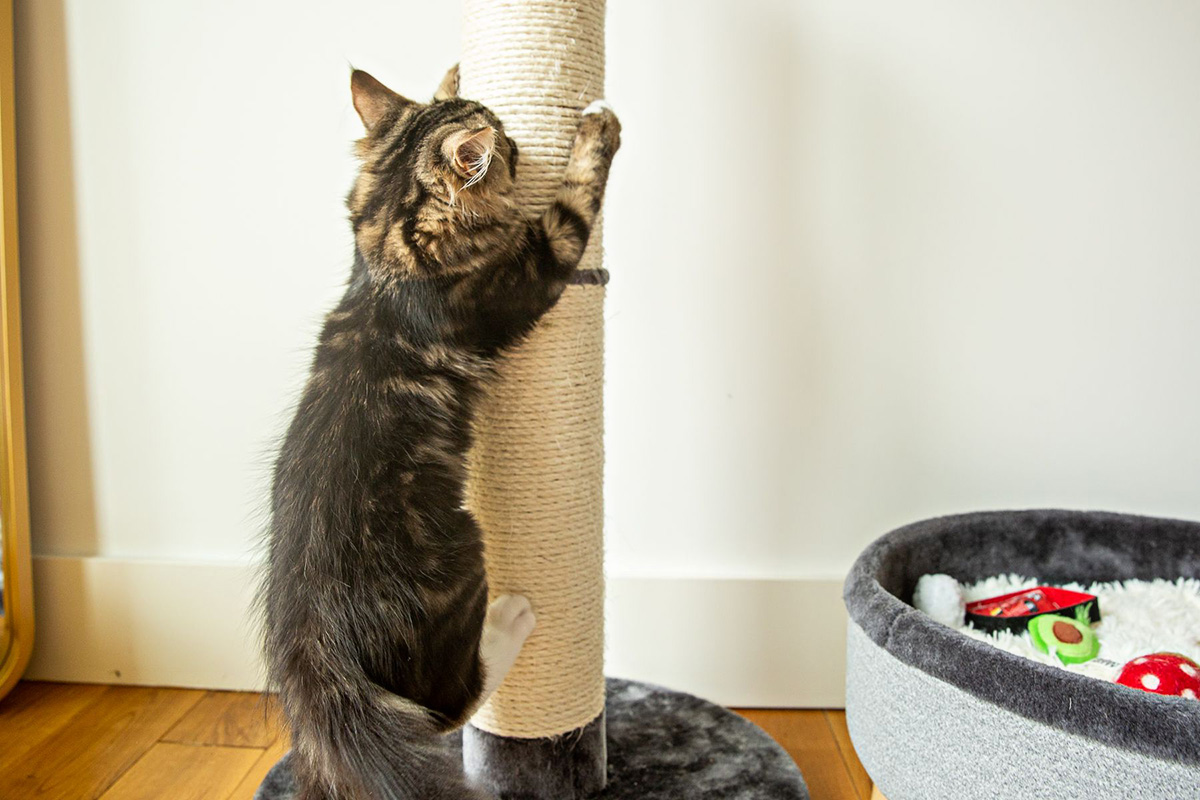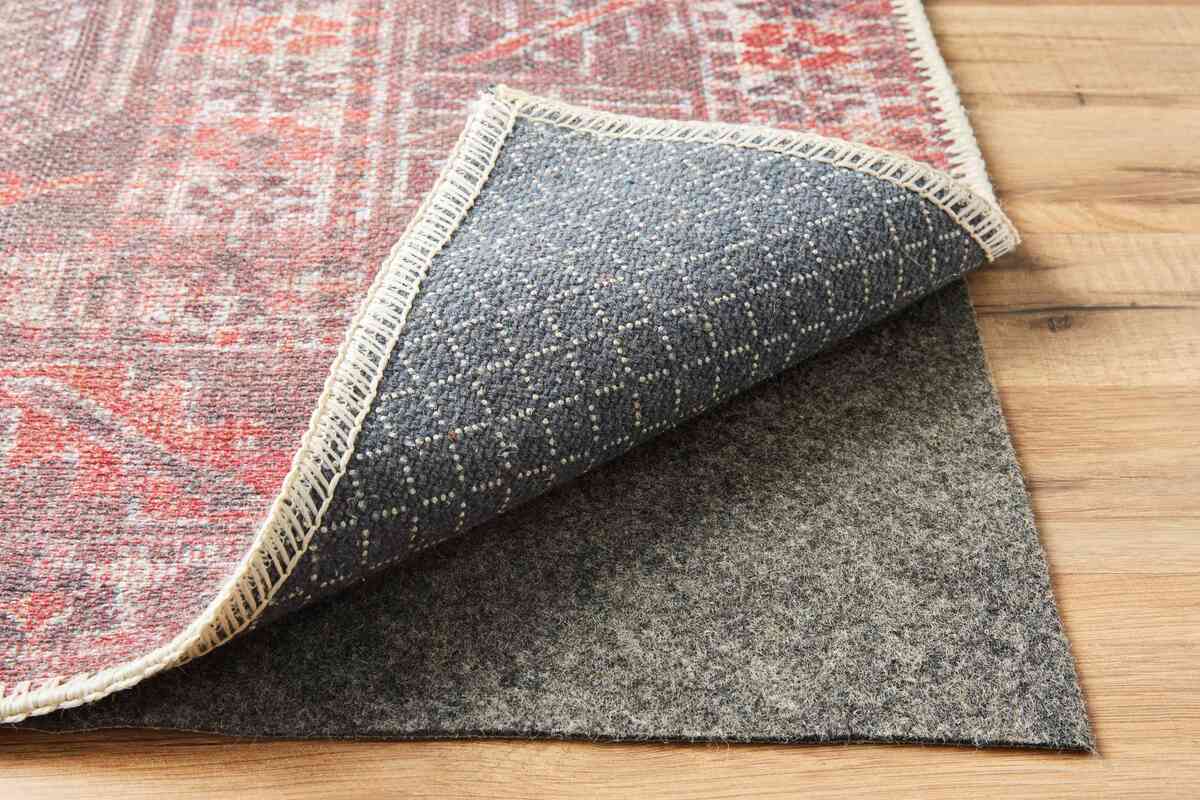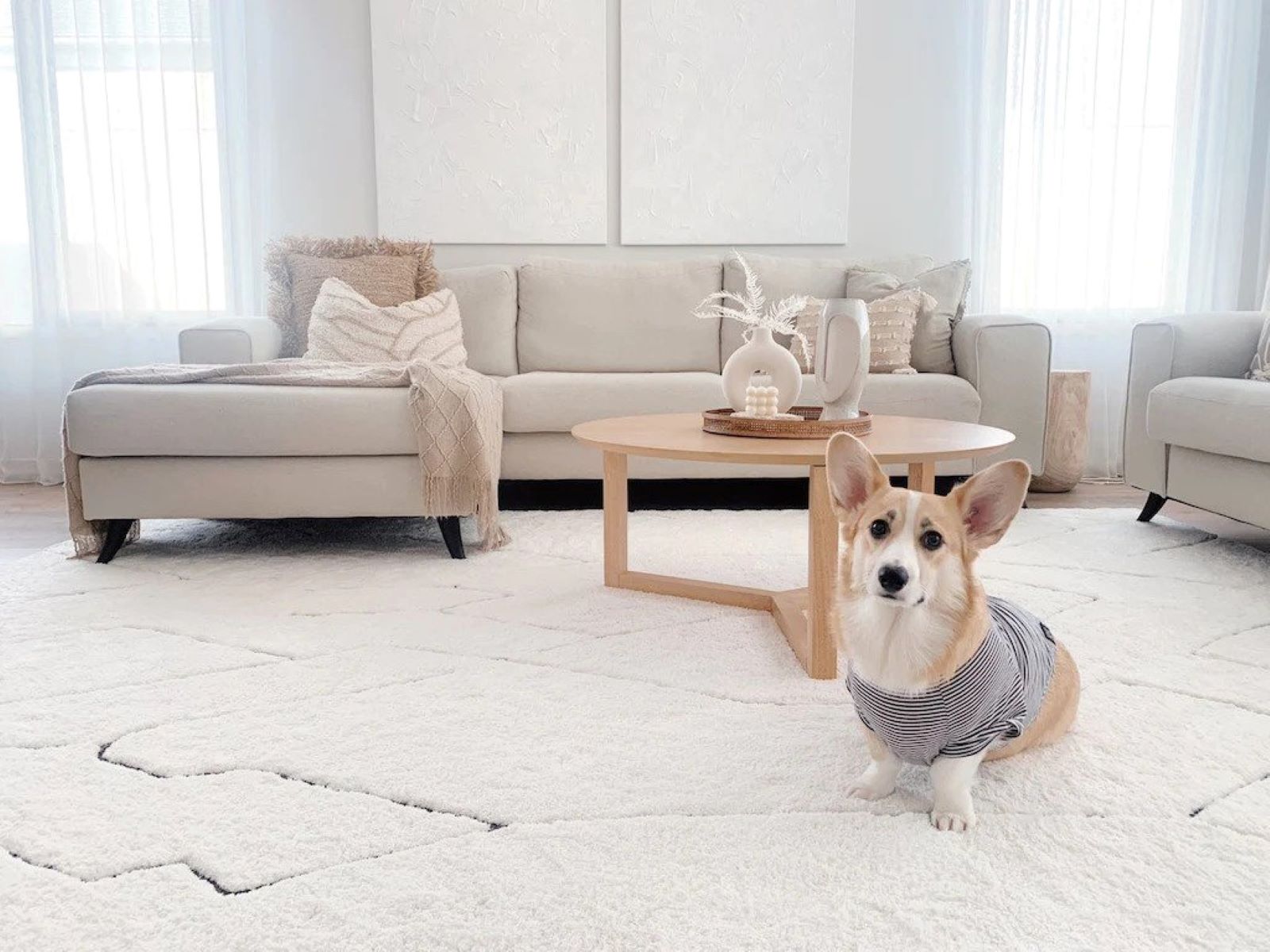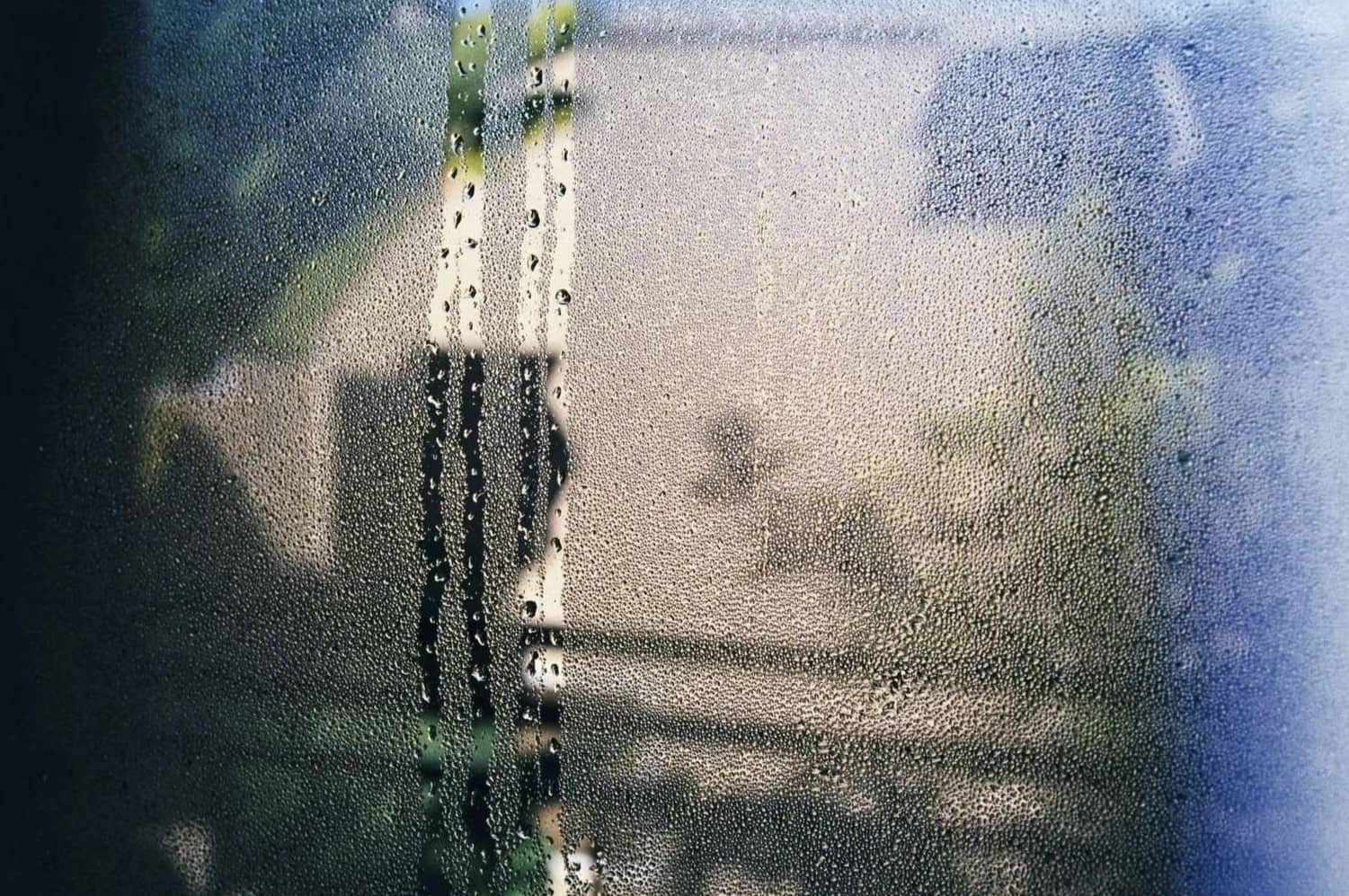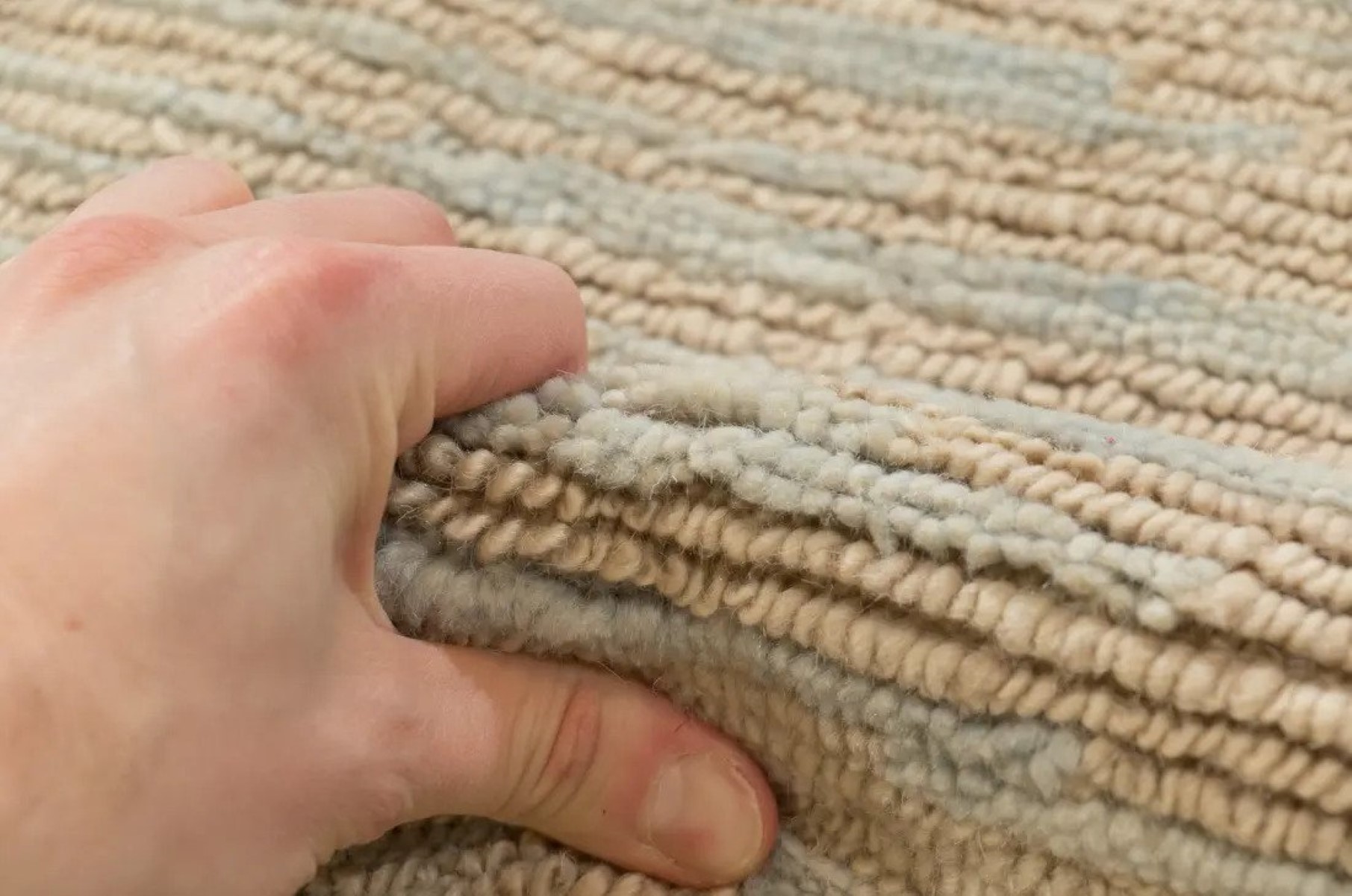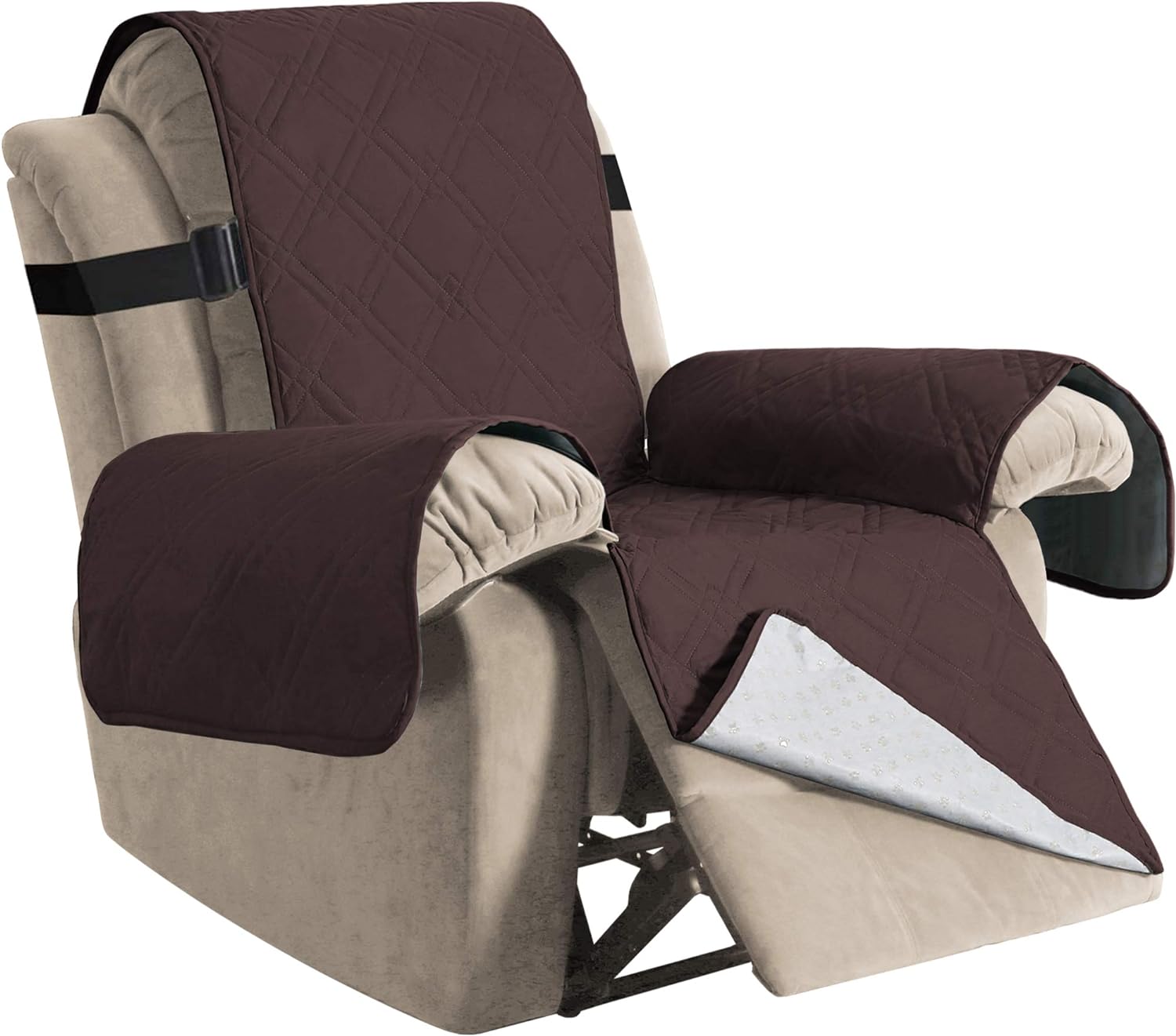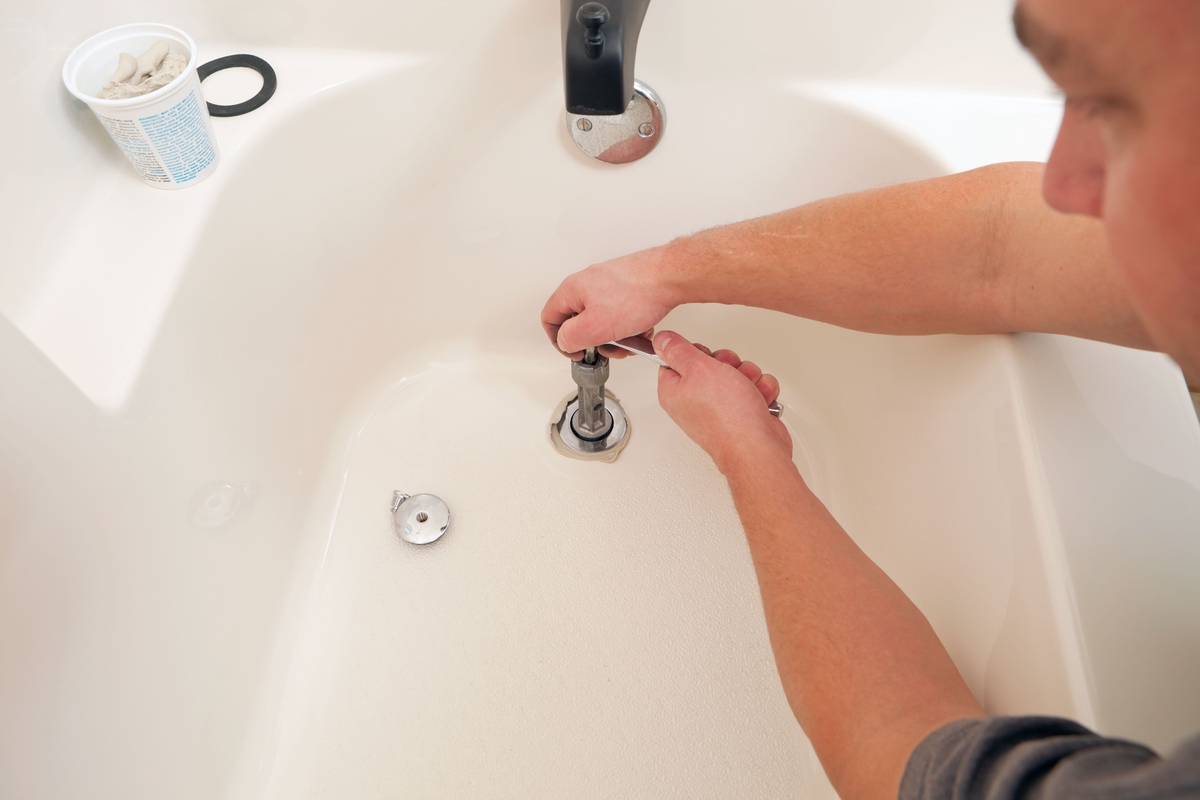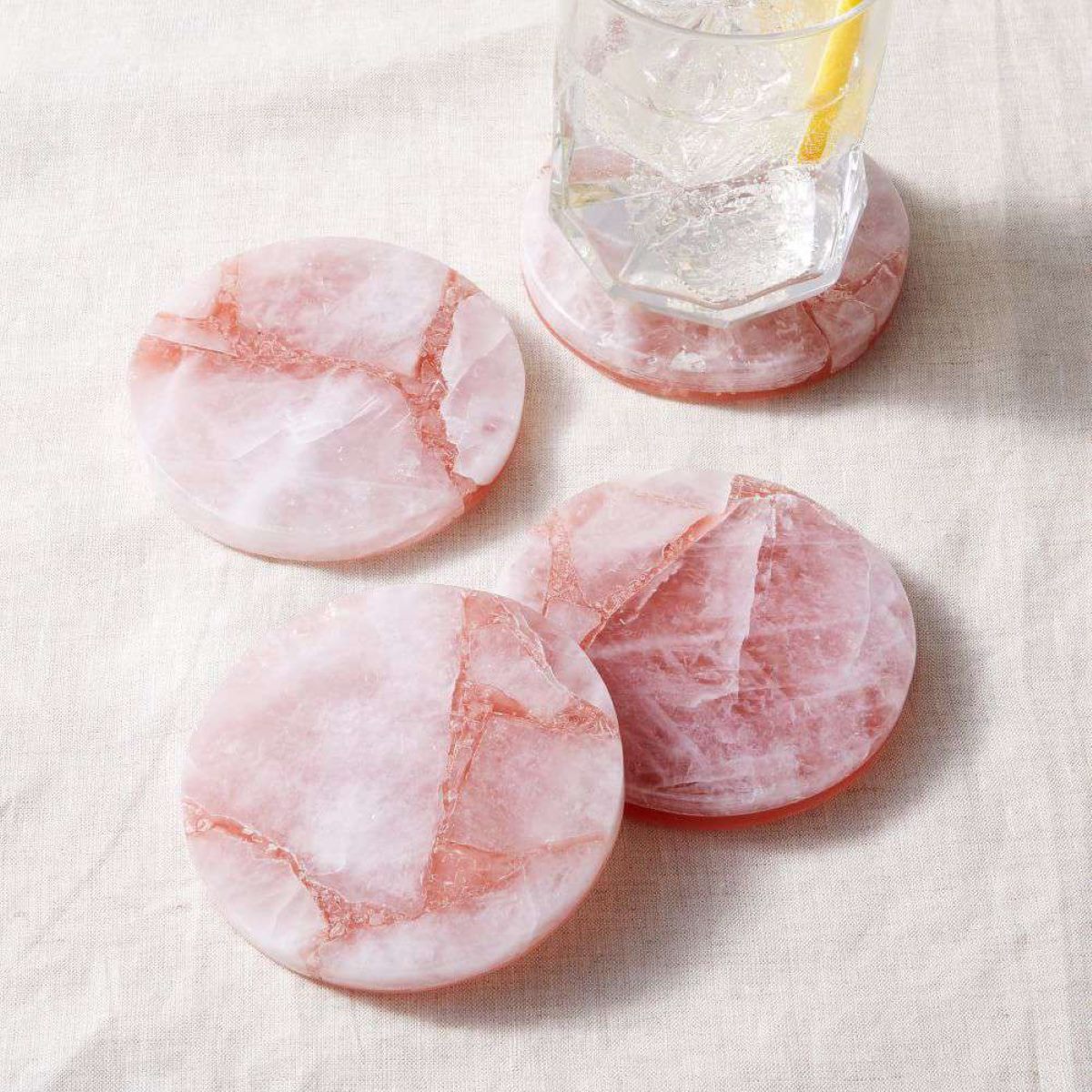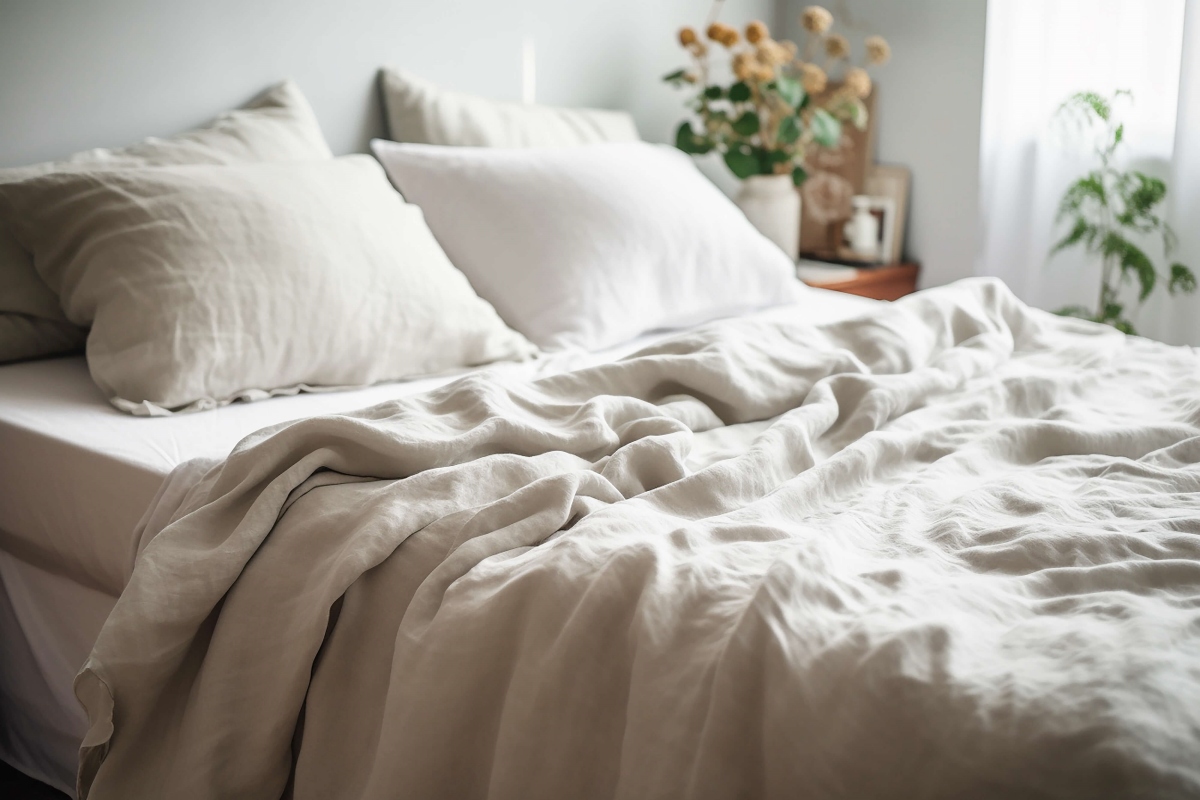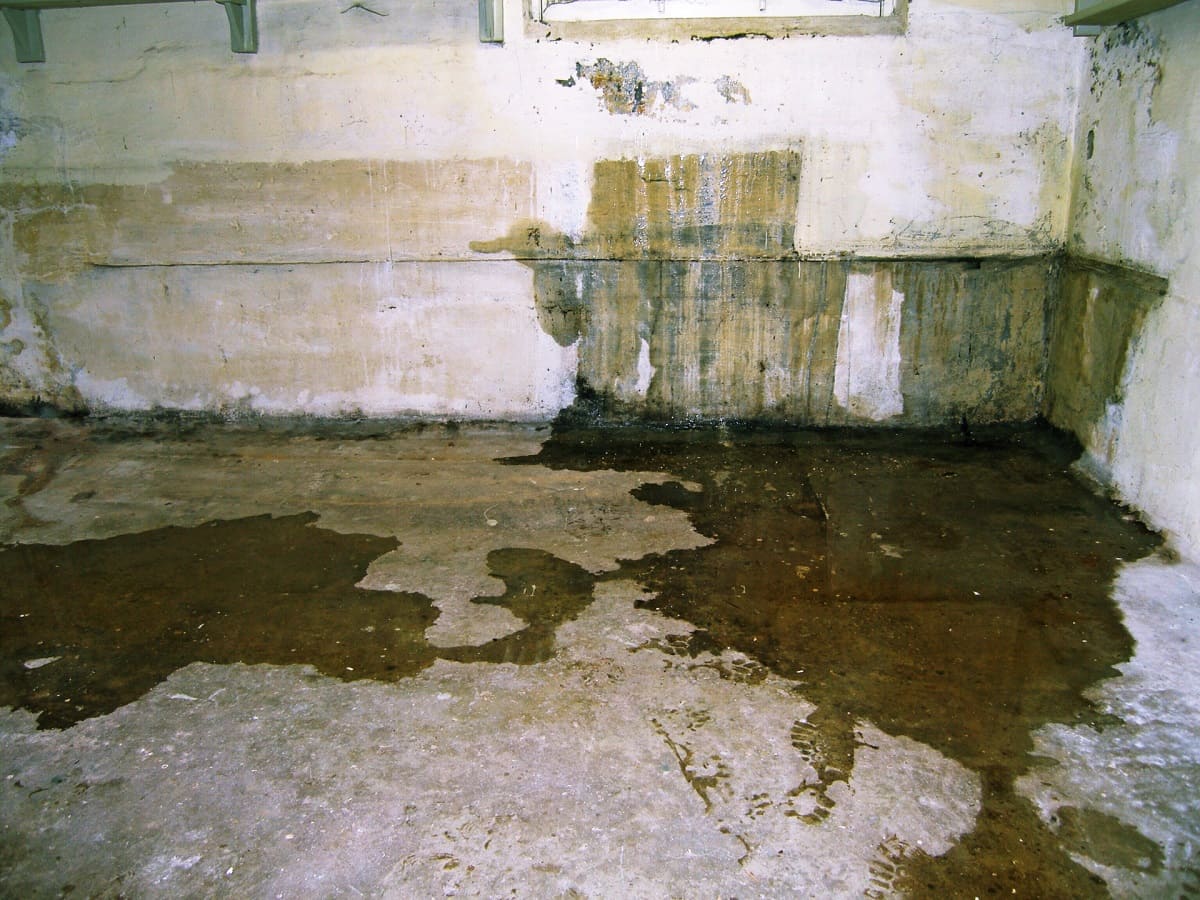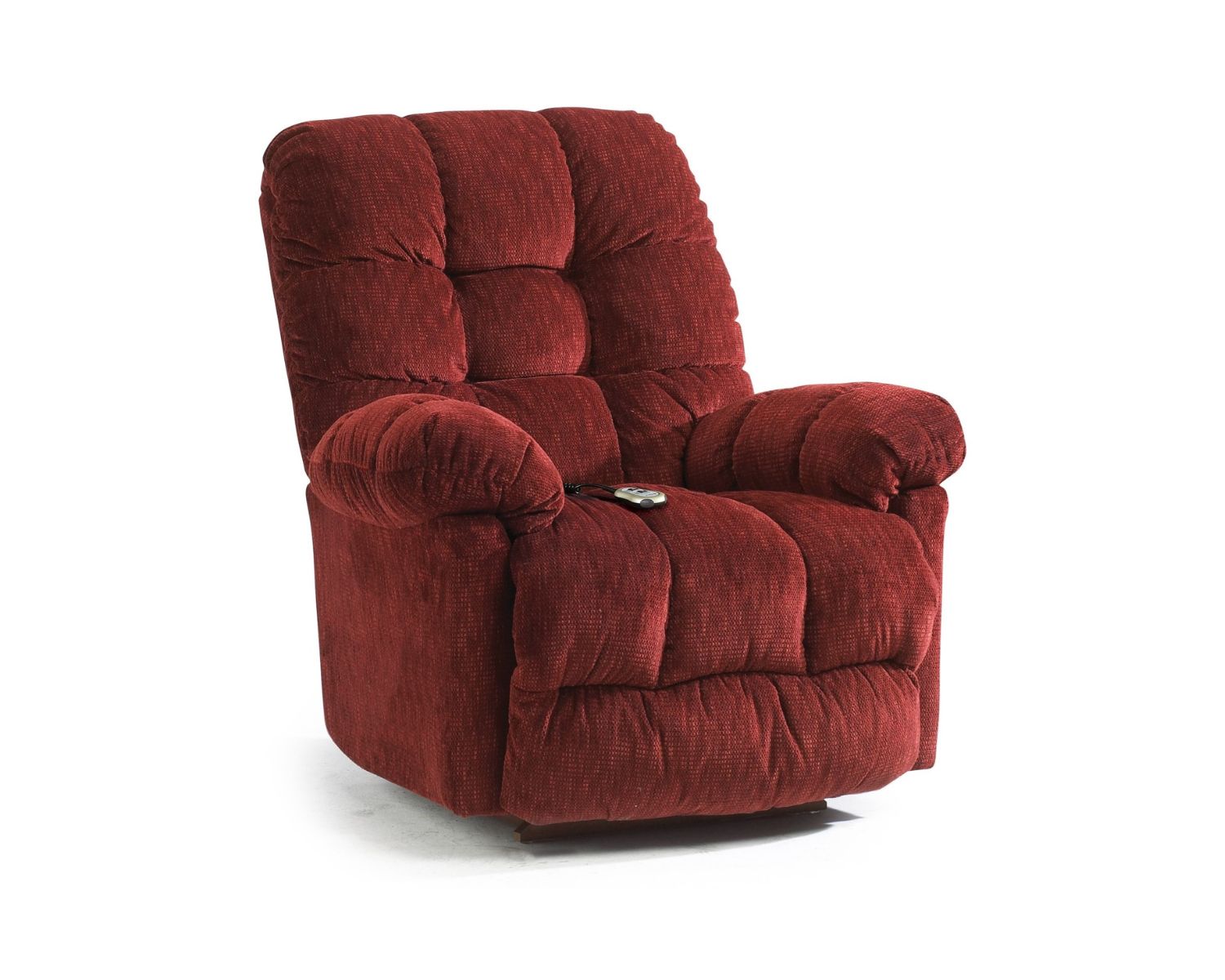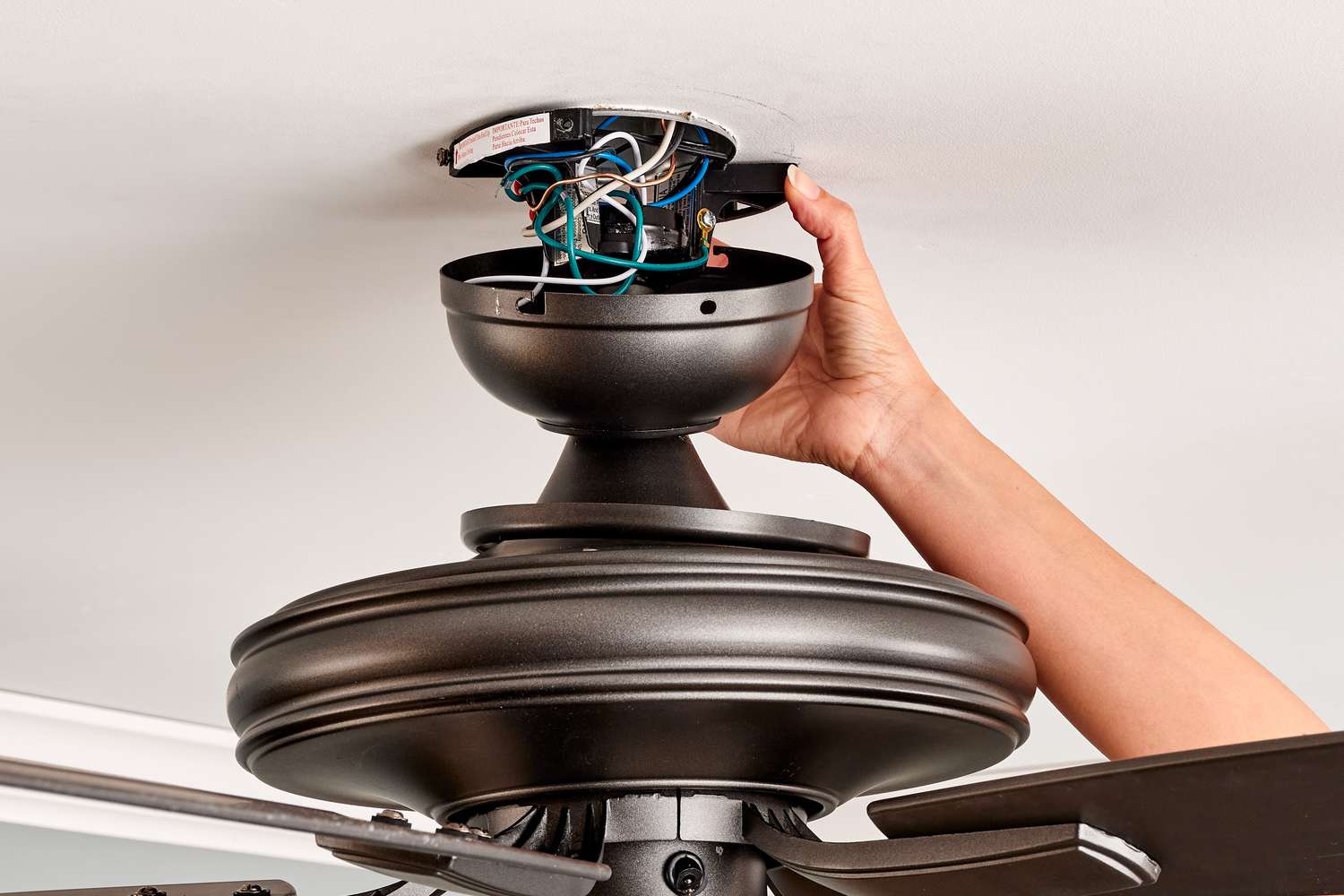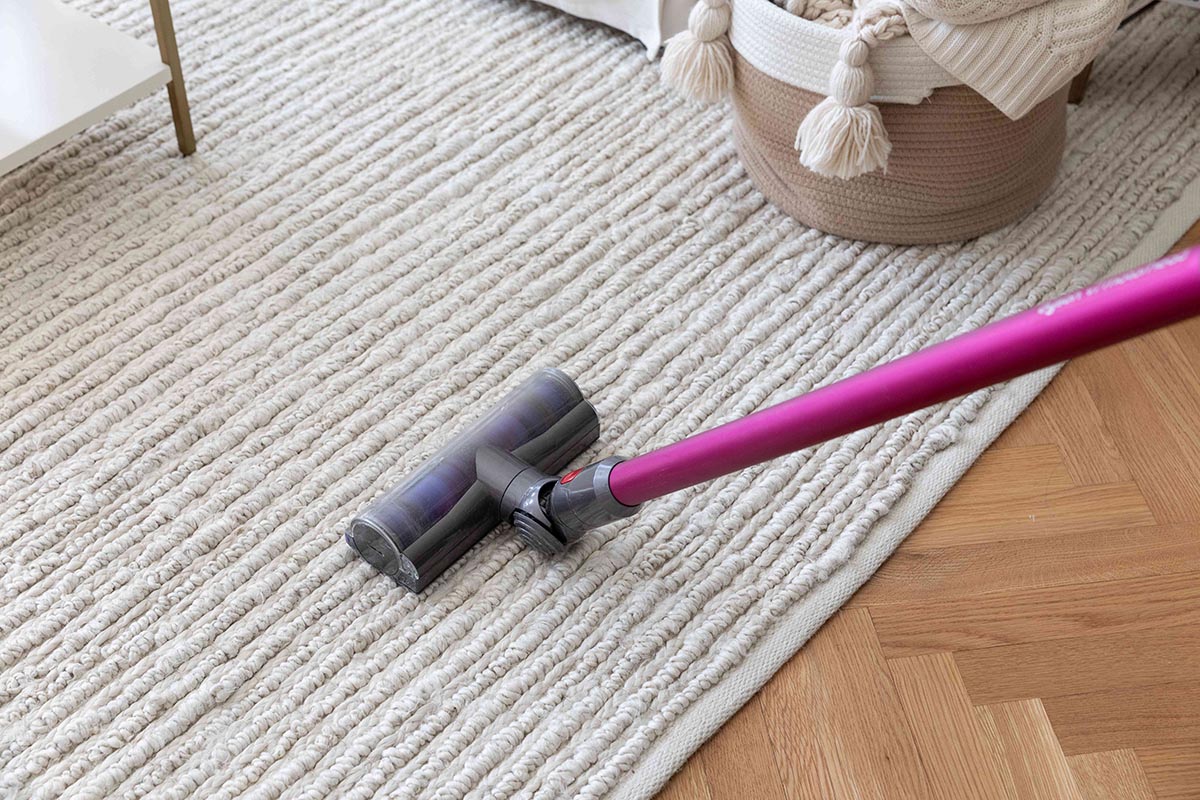

Articles
How To Stop Carpet From Shedding
Modified: September 1, 2024
Learn how to prevent your carpet from shedding with these informative articles. Find expert tips and advice to keep your floors looking clean and tidy.
(Many of the links in this article redirect to a specific reviewed product. Your purchase of these products through affiliate links helps to generate commission for Storables.com, at no extra cost. Learn more)
Introduction
Welcome to the world of carpets! Carpets are a popular flooring choice in many homes and offices due to their warmth, comfort, and aesthetic appeal. However, one common issue that homeowners face with carpets is shedding. Carpet shedding refers to the process where loose fibers come off the carpet surface and can be found on the floor or stuck to your socks or clothing.
In this article, we will explore the causes of carpet shedding and provide you with valuable tips on how to stop carpet shedding effectively. Understanding the factors contributing to shedding and implementing preventative measures will not only prolong the lifespan of your carpet but also keep your living space clean and allergen-free.
Whether you have recently installed a new carpet or have been experiencing shedding issues for some time, this article will be your guide to resolving the problem and maintaining a beautiful, shed-free carpet.
Key Takeaways:
- Understanding the causes of carpet shedding, such as new carpet shedding, poor quality fibers, and high foot traffic, can help homeowners take proactive steps to minimize shedding and prolong their carpet’s lifespan.
- Implementing preventative measures, including choosing high-quality carpets, regular vacuuming, and professional carpet cleaning, can effectively reduce shedding and maintain a beautiful, shed-free carpet for years to come.
Read more: How To Stop Cats From Peeing On The Carpet
Understanding Carpet Shedding
Before diving into the remedies for carpet shedding, it is essential to understand why it occurs. Shedding is a natural process for most carpets, especially those made with natural fibers like wool or cotton. When the carpet is manufactured, small loops of fibers are woven together to form the carpet pile. Over time, these loops can weaken and eventually break, resulting in shedding.
It is important to note that shedding is different from carpet wear. Shedding occurs in the initial stage when the loose fibers on the surface come off. This is a temporary issue and should decrease over time. Carpet wear, on the other hand, is the deterioration of the carpet pile due to heavy foot traffic and can only be resolved by replacing the carpet.
Another factor that contributes to shedding is the type of carpet construction. Cut pile carpets, which have individual fibers cut at the ends, are more prone to shedding compared to loop pile carpets. Additionally, the quality of the carpet and the manufacturing process affect shedding. Low-quality carpets or those with less durable fibers might shed more than high-quality carpets.
Lastly, certain environmental factors can exacerbate shedding. Dry climates or low humidity levels can cause the fibers to dry out and become more brittle, leading to increased shedding. Similarly, placing heavy furniture or dragging objects across the carpet can loosen the fibers and result in shedding.
Now that we have a better understanding of carpet shedding and its causes, let’s move on to the preventative measures you can take to minimize shedding and keep your carpet looking its best.
Causes of Carpet Shedding
While shedding is a natural occurrence for many carpets, there are several specific causes that can contribute to excessive shedding. By identifying these causes, you can take proactive steps to reduce and prevent shedding in your carpeted areas.
1. New Carpet: New carpets tend to shed more initially as loose fibers are still present from the manufacturing process. This is known as “new carpet shedding” and is completely normal. Regular vacuuming and proper maintenance will help remove the loose fibers and minimize shedding over time.
2. Poor Quality Fibers: Low-quality carpets are more likely to shed due to the use of inferior fibers and construction methods. These carpets often have shorter fibers that are not as tightly woven, leading to increased shedding. Investing in high-quality carpet with durable fibers can significantly reduce shedding.
3. Improper Installation: Improper installation can cause stress on the carpet, resulting in excessive shedding. If the carpet is not stretched and secured correctly, it can lead to loose fibers and increased shedding. Hiring a professional carpet installer who has experience and knowledge in proper installation techniques is crucial to avoid this issue.
4. High Foot Traffic: Areas with heavy foot traffic, such as staircases, hallways, and entryways, are prone to more shedding. The constant friction and pressure from foot traffic can cause the carpet fibers to become loose and shed more frequently. Placing rugs or runners in high-traffic areas can help minimize shedding and protect the carpet.
5. Dryness and Low Humidity: Dry climates and low humidity levels can contribute to carpet shedding. When the air is dry, the carpet fibers can become dry and brittle, making them more likely to break and shed. Using a humidifier or implementing proper moisture control measures can help maintain the moisture content in the air and reduce shedding.
6. Cleaning Methods: Improper cleaning methods can damage the carpet fibers, leading to shedding. Aggressive brushing or using the wrong type of vacuum cleaner can pull and break the fibers. It is important to follow the manufacturer’s cleaning instructions and use a vacuum with a beater bar or brush attachment specifically designed for carpets.
By understanding the underlying causes of carpet shedding, you can take targeted actions to minimize shedding and prolong the lifespan of your carpet. In the next sections, we will explore preventative measures and proper carpet maintenance techniques that will help you combat carpet shedding effectively.
Preventative Measures
To prevent carpet shedding and maintain a beautiful, shed-free carpet, there are several proactive measures you can take. By implementing these preventative measures, you can prolong the life of your carpet and reduce the amount of shedding it experiences.
1. Choose High-Quality Carpets: Selecting high-quality carpets with durable fibers is crucial in preventing excessive shedding. Look for carpets made from materials like nylon, polyester, or wool, which are known for their resilience and longevity. Investing in a higher-quality carpet may initially cost more, but it will be more resistant to shedding and last longer in the long run.
2. Regular Maintenance: Regular and proper maintenance of your carpet is essential in minimizing shedding. Vacuum your carpet regularly using a vacuum cleaner with a brush attachment or beater bar. This will help remove loose fibers, dirt, and debris that can contribute to shedding. Aim to vacuum your carpet at least once or twice a week, or more frequently in high-traffic areas.
3. Use Rug Pads: Placing rug pads underneath your area rugs or runners can provide additional cushioning and support for your carpet. Rug pads help reduce the friction between the rug and the carpet, preventing excessive shedding and extending the life of your carpet. Make sure to use rug pads specifically designed for use on carpets to avoid any damage or slipping.
4. Minimize Direct Sunlight: Prolonged exposure to direct sunlight can cause the carpet fibers to fade, weaken, and shed. Protect your carpet from direct sunlight by using window coverings or UV-resistant window films. Additionally, rearrange furniture periodically to ensure even exposure to sunlight and prevent excessive shedding in specific areas.
5. Control Indoor Humidity: Maintaining optimal humidity levels in your home can reduce carpet shedding. Dry air can make the carpet fibers brittle and more prone to shedding. Use a humidifier during dry seasons or in arid climates to add moisture to the air. Conversely, use a dehumidifier in humid environments to reduce excess moisture, which can lead to mold and mildew growth in the carpet.
6. Regular Carpet Inspection: Keep an eye out for any signs of excessive shedding or wear on your carpet. Perform routine inspections to check for loose fibers, tears, or damage. By catching these issues early on, you can address them before they worsen and cause more shedding. Consult with a professional carpet cleaner or installer if you notice any significant concerns.
Implementing these preventative measures will help reduce carpet shedding and maintain the overall quality and appearance of your carpet. However, in the event that shedding persists despite your efforts, there are additional techniques and steps you can take, such as proper vacuuming and professional carpet cleaning, which we will discuss in the following sections.
Vacuum your carpet regularly with a high-quality vacuum cleaner to remove loose fibers and prevent shedding. Use a carpet rake to lift and remove any remaining loose fibers.
Vacuuming Techniques
Proper vacuuming techniques are essential for minimizing carpet shedding and keeping your carpet clean and well-maintained. Here are some effective vacuuming tips to help you maintain a shed-free carpet:
1. Choose the Right Vacuum: Select a vacuum cleaner that is specifically designed for carpets and has a beater bar or brush attachment. These features help to agitate the carpet fibers and loosen any dirt, debris, or loose fibers that may contribute to shedding.
2. Adjust the Height Setting: Most vacuum cleaners have adjustable height settings to accommodate different carpet types. Set the height of the vacuum correctly to ensure it is in contact with the carpet fibers for effective cleaning. If the vacuum cleaner is set too high, it may not be able to reach the loose fibers, and if set too low, it can damage the carpet pile.
3. Vacuum Regularly: Regular vacuuming is crucial for removing loose fibers before they can accumulate and contribute to shedding. Aim to vacuum your carpet at least once or twice a week, or more frequently in high-traffic areas. Consistency is key to keeping your carpet clean and minimizing shedding.
4. Use Proper Technique: When vacuuming, use slow and deliberate strokes to allow the vacuum cleaner to effectively remove dirt and loose fibers. Overlapping each stroke in a crisscross pattern can ensure thorough cleaning. Pay special attention to areas prone to shedding, such as corners, edges, and high-traffic areas.
5. Empty the Bag or Canister Regularly: A full bag or canister can reduce the effectiveness of your vacuum cleaner and hinder its ability to remove loose fibers. Empty the bag or canister regularly to ensure optimal suction and efficient cleaning.
6. Address Spills and Stains Promptly: Accidents happen, and spills or stains on your carpet can contribute to shedding if not promptly cleaned. Blot spills immediately with a clean cloth or paper towel to absorb the liquid. Use a mild carpet stain remover or a mixture of vinegar and water to treat stains. Follow the manufacturer’s instructions and avoid rubbing the stain, as this can damage the carpet fibers.
By incorporating these vacuuming techniques into your regular cleaning routine, you can effectively remove loose fibers, dirt, and debris, reducing shedding and keeping your carpet in excellent condition.
Proper Carpet Maintenance
In addition to regular vacuuming, proper carpet maintenance is vital for reducing shedding and extending the lifespan of your carpet. By following these guidelines, you can keep your carpet in optimal condition:
1. Spot Cleaning: It is essential to address spills and stains promptly to prevent them from setting into the carpet fibers and causing damage. Blot the spill immediately with a clean cloth or paper towel to absorb as much of the liquid as possible. Use a mild carpet cleaner or a mixture of vinegar and water to gently treat the stain, following the manufacturer’s instructions. Avoid rubbing or scrubbing the carpet vigorously, as this can lead to shedding or fiber damage.
2. Regular Deep Cleaning: Periodically deep clean your carpet to remove embedded dirt, allergens, and accumulated debris. You can use a carpet cleaner or hire professional carpet cleaning services. Deep cleaning helps rejuvenate the carpet fibers, restoring their resilience and minimizing shedding. Follow the manufacturer’s guidelines or consult with a professional cleaner to determine the appropriate frequency of deep cleaning for your specific carpet.
3. Protect Heavy Traffic Areas: Place rugs or mats in areas of your home with heavy foot traffic, such as entryways, hallways, or living room areas. These rugs or mats help protect the carpet from excessive wear and tear, reducing shedding and extending the life of your carpet.
4. Preventive Measures: Take proactive steps to prevent dirt and debris from entering your home and settling into the carpet fibers. Use doormats at entrances to trap dirt, and remove shoes when entering the house. Regularly clean and maintain your doormats to ensure their effectiveness in reducing dirt accumulation on your carpets.
5. Regular Rotation of Furniture: To prevent uneven wear and shedding in specific areas of your carpet, regularly rotate your furniture. Move heavy items periodically to distribute the weight and traffic across the carpet evenly. This helps minimize shedding caused by localized pressure on the carpet fibers.
6. Professional Carpet Inspection: Schedule periodic inspections by a professional carpet cleaner or installer. They can assess the condition of your carpet, detect any early signs of shedding or damage, and provide recommendations for proper maintenance. Professional expertise can help you address any potential issues before they worsen and result in further shedding.
By following these proper carpet maintenance practices, you can significantly reduce shedding and keep your carpet looking fresh and beautiful for years to come.
Professional Carpet Cleaning
While regular vacuuming and maintenance are crucial for preventing carpet shedding, professional carpet cleaning can provide an added level of deep cleaning and care for your carpets. Here are some reasons why professional carpet cleaning is beneficial:
1. Deep Cleaning: Professional carpet cleaners use specialized equipment and techniques to deep clean your carpets, reaching deep into the fibers to remove embedded dirt, allergens, and stains. This thorough cleaning can help restore the carpet’s appearance, rejuvenate the fibers, and minimize shedding.
2. Removal of Stubborn Stains: Certain stains, like pet stains, red wine, or grease, can be challenging to remove with regular household cleaning methods. Professional carpet cleaners have access to powerful stain removal products and techniques to tackle even the toughest stains. By effectively removing these stains, they can prevent them from causing further damage and shedding.
3. Allergen Removal: Carpets can trap allergens such as dust mites, pollen, and pet dander, which can contribute to allergies and respiratory issues. Professional carpet cleaning helps eliminate these allergens, creating a healthier indoor environment and reducing the potential for shedding caused by allergic reactions.
4. Odor Elimination: Over time, carpets can absorb odors from pets, cooking, or other sources. Professional carpet cleaning not only removes dirt and stains but also eliminates unpleasant odors. This helps keep your home smelling fresh and clean, reducing the need for excessive carpet deodorizing products that may contribute to shedding.
5. Restoration of Carpet Appearance: Regular wear and tear, foot traffic, and accumulated dirt can make carpets look dull and worn out. Professional cleaning can revive the appearance of your carpet, making it look vibrant, soft, and refreshed. This improved appearance can also help minimize shedding and prolong the life of your carpet.
6. Tailored Cleaning Methods: Professional carpet cleaners have the expertise to determine the most appropriate cleaning method for your specific carpet type. They take into consideration the material, construction, and condition of your carpet to ensure the cleaning process is effective and minimizes the risk of shedding or damage.
It is recommended to schedule professional carpet cleaning at least once a year, or more frequently in high-traffic areas or homes with pets and allergies. By combining regular vacuuming with professional cleaning, you can maintain a clean, healthy, and shed-free carpet for years to come.
Conclusion
Carpet shedding is a common issue that many homeowners experience, but with the right knowledge and preventative measures, it can be effectively controlled. In this article, we have explored the causes of carpet shedding and provided valuable tips for stopping shedding and maintaining a beautiful, shed-free carpet.
Understanding that shedding is a natural process, especially in new carpets, helps set realistic expectations. By choosing high-quality carpets, properly maintaining them, and following proper cleaning techniques, you can significantly reduce shedding and prolong the life of your carpet.
Implementing preventative measures, such as regular vacuuming, using rug pads, and controlling indoor humidity, will go a long way in minimizing shedding. Spot cleaning spills promptly, rotating furniture, and scheduling professional carpet cleaning are additional steps you can take to keep your carpet in optimal condition.
Remember that each carpet is unique, so it is important to follow manufacturer guidelines and consult with professionals when needed. They can provide personalized advice and assistance, ensuring that your efforts to control shedding are effective and tailored to your specific carpet type.
By practicing proper carpet maintenance, you can enjoy a clean, shed-free carpet that enhances the beauty and comfort of your living space. A well-maintained carpet not only provides a cozy and inviting atmosphere but also contributes to a healthier indoor environment, free of allergens and dust particles.
So, take the necessary steps to prevent carpet shedding and enjoy the benefits of a beautiful, long-lasting carpet. With a little effort and care, you can maintain your carpet’s appearance, durability, and comfort for years to come.
Frequently Asked Questions about How To Stop Carpet From Shedding
Was this page helpful?
At Storables.com, we guarantee accurate and reliable information. Our content, validated by Expert Board Contributors, is crafted following stringent Editorial Policies. We're committed to providing you with well-researched, expert-backed insights for all your informational needs.
